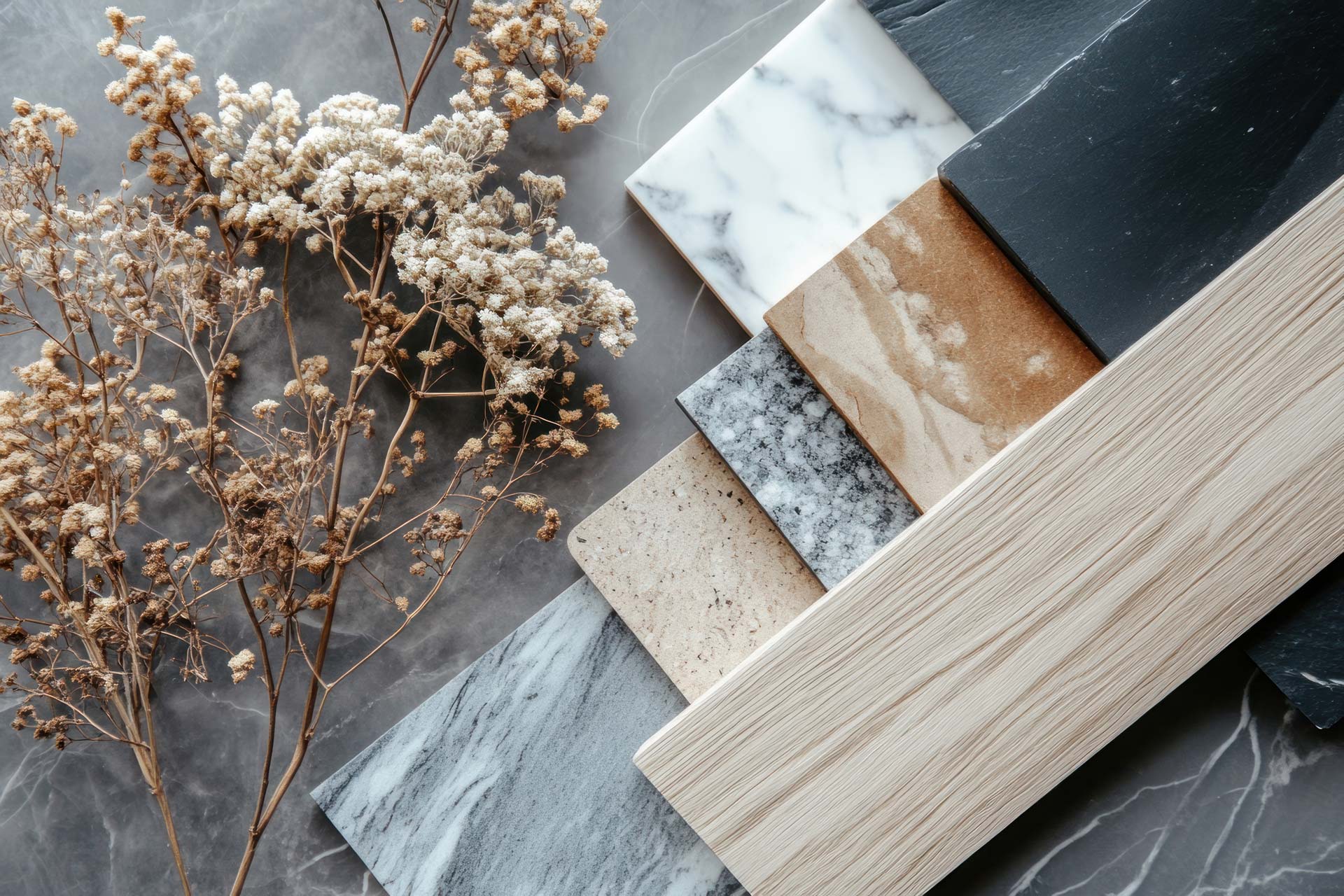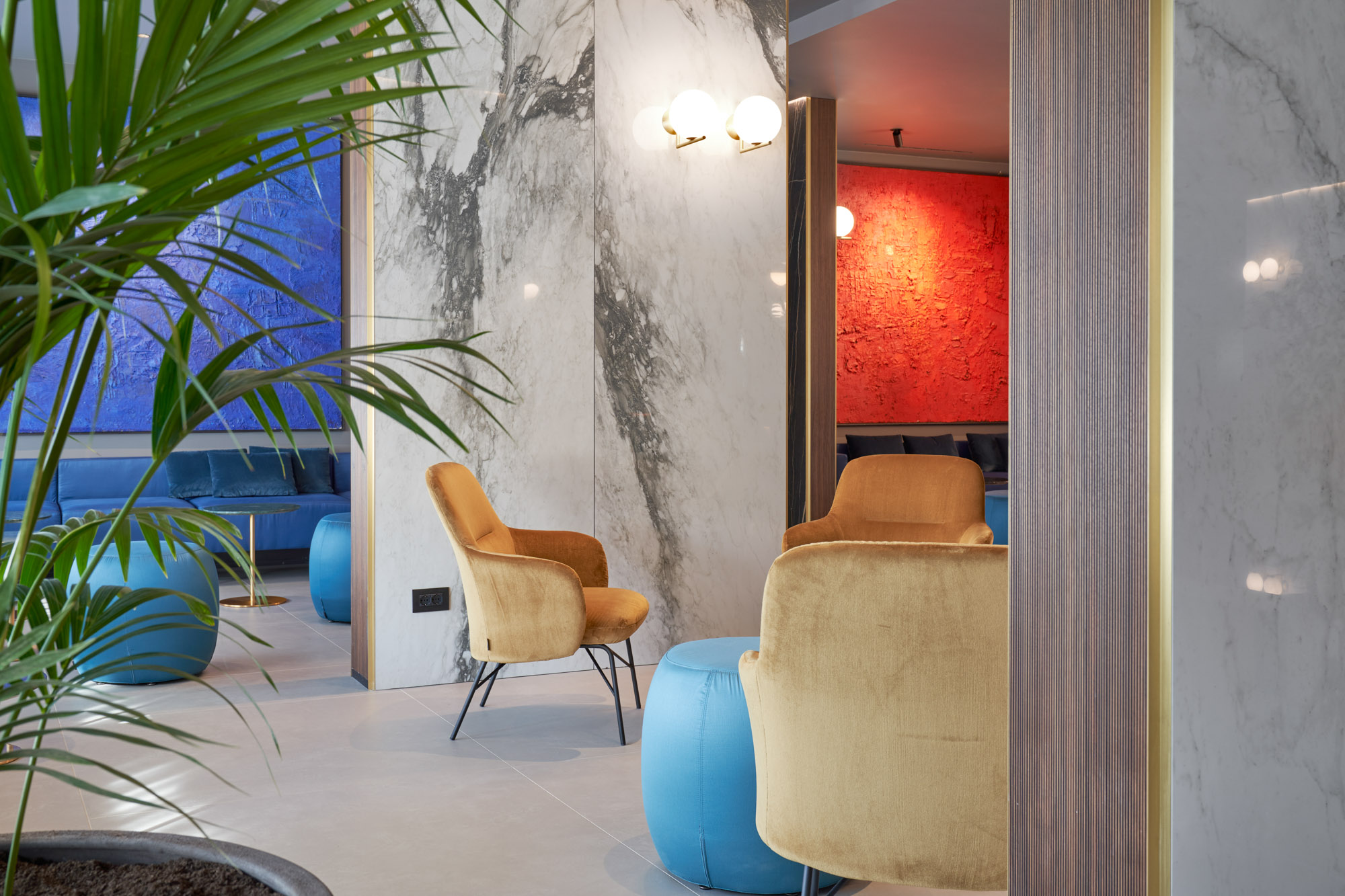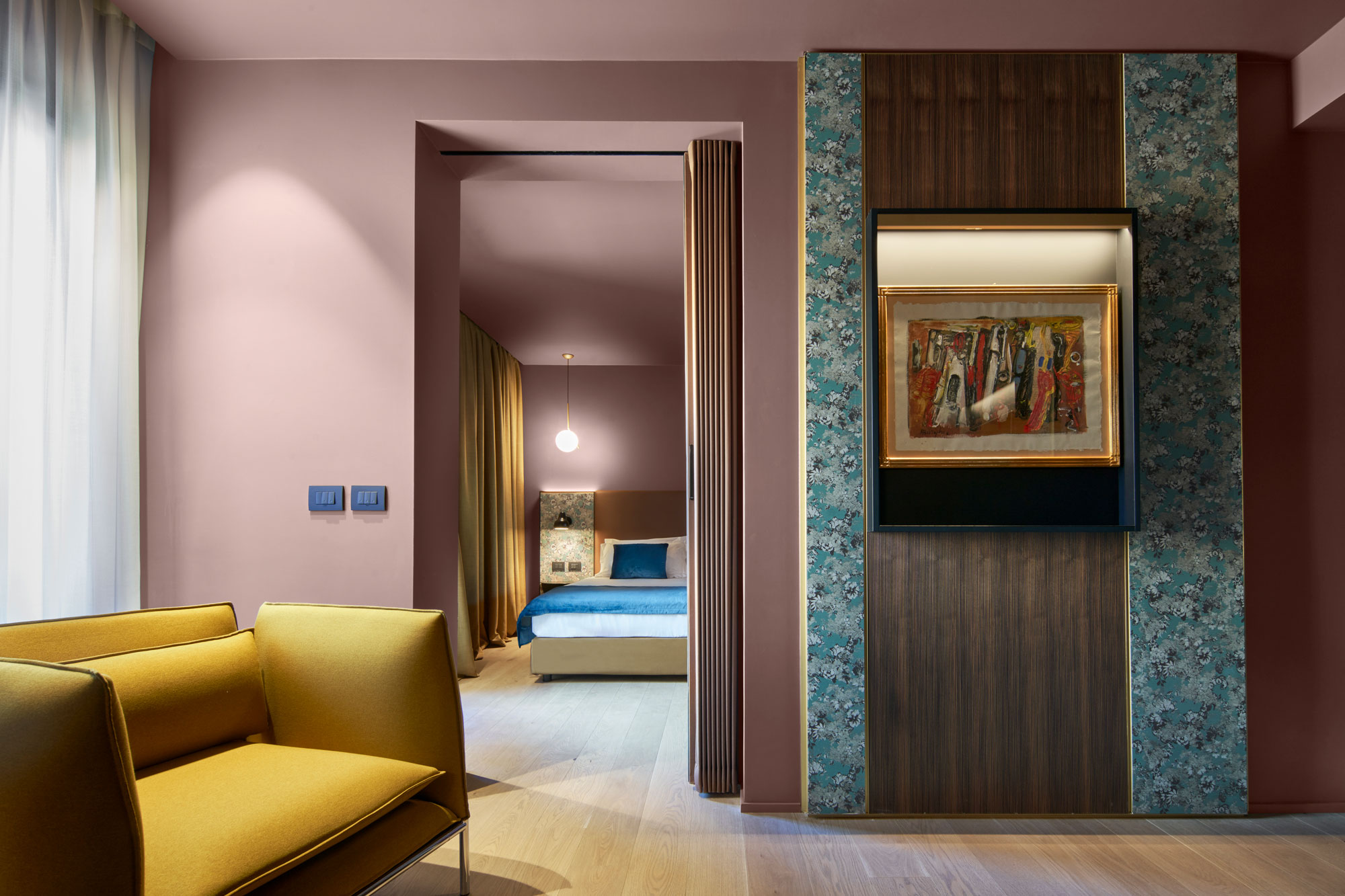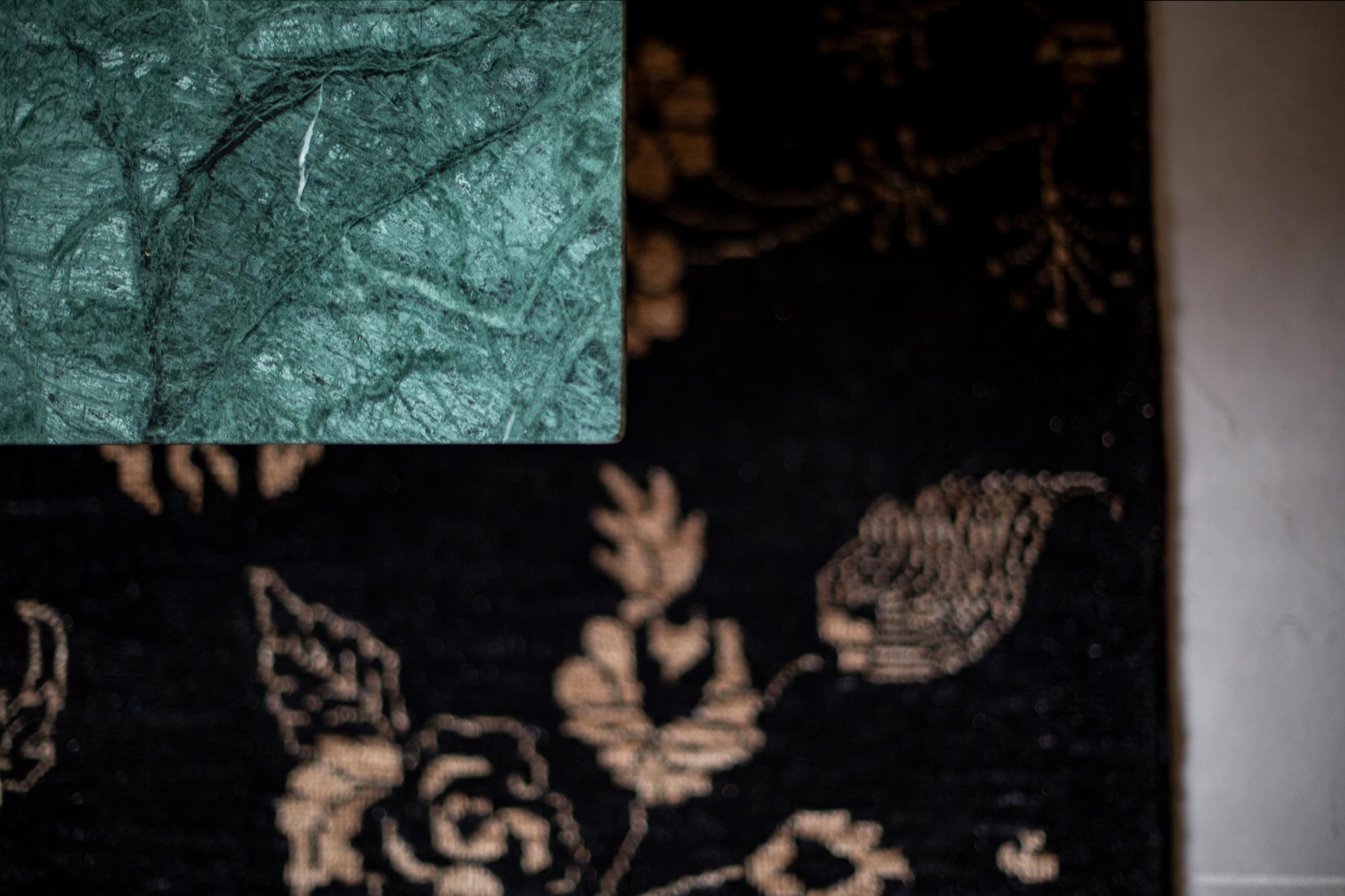Italian design and ceramics: a perfect union
Italian design is world-famous for its ability to combine aesthetics, functionality and innovation. One of the areas in which this excellence is manifested is ceramics, a material that, thanks to its versatility, has evolved from a traditional element into a protagonist of contemporary trends.
From the Renaissance majolica of Faenza to the innovative tiles of Sassuolo, Italian ceramics are the result of a perfect combination of traditional craftsmanship and modern design, capable of winning over architects, interior designers and enthusiasts all over the world.
Italian ceramics: a recognised excellence
Italian ceramics boasts a millennial history, rooted in the culture and traditions of regions such as Emilia Romagna. However, it was in the 20th century that the sector was transformed through interaction with industrial design, which led to the creation of innovative, high-quality products.
The distinctive features of Italian ceramics
• Craftsmanship: the attention to detail and techniques handed down from generation to generation.
• Technological innovation: the ability to integrate new production processes, such as the use of 3D printers and eco-friendly glazes.
• Aesthetic versatility: Italian ceramics are synonymous with unique design, with decorations ranging from classic to contemporary styles.
The role of Italian design in ceramics
Italian design has played a key role in elevating ceramics from a functional material to a stylish element. Thanks to the collaboration between master ceramists, designers and architects, ceramics has been transformed into a creative language capable of expressing emotions and identity.
Iconic examples of Italian ceramic design
• Sassuolo tiles: used worldwide for floors and walls, they combine technological innovation with a wide range of finishes and textures.
• Faenza majolica: reinterpreted in a modern key, these ceramics decorate not only artistic objects but also interior furnishings and public spaces.
• Vases and furnishing accessories: many Italian designers have created iconic collections, mixing geometric shapes and bold colours.
Sassuolo: the ceramic district and design
Sassuolo, located in the heart of Emilia Romagna, is considered the nerve centre of Italian ceramic production. The most advanced ceramic district in the world is concentrated here, where tradition and innovation come together to create products that set global standards for quality and design.
Innovation and sustainability
Companies in the Sassuolo ceramic district collaborate with internationally renowned designers to develop products that meet the aesthetic and functional requirements of the modern market while maintaining a strong commitment to environmental sustainability.

Ceramic design and architecture
In recent years, Italian ceramics have become a central material in contemporary architecture, thanks to their ability to combine beauty and practicality. Italian ceramic tiles and wall tiles can be found in the most prestigious residential, commercial and public projects around the world.
Current trends
• Natural effect: tiles that reproduce materials such as wood, marble and stone, but with all the advantages of ceramics.
• Large formats: continuous surfaces that create an elegant and modern visual effect.
• Customised decorations: thanks to digital technology, it is possible to create unique motifs tailored to each project.
Ceramics at Exè: art and style
Exè, with its hotel, spa and restaurant, is located in the heart of the Emilian ceramic district, a place that celebrates the excellence of design and ceramic tradition. The structure itself is a tribute to ceramic art, with interiors using materials produced by the best local masters.
The Exè experience
• Spa and design: the spa environments use high-quality ceramic tiles, creating an atmosphere of relaxation and luxury.
• Handmade ceramic dishes: Exè’s restaurant serves its gastronomic creations on dishes made by local craftsmen, combining culinary art and design.
• Thematic events: Exè hosts exhibitions and evenings dedicated to the world of ceramics and design, offering guests the opportunity to immerse themselves in this Italian excellence.
Collaborations between design and ceramics in Emilia Romagna
Emilia Romagna is the place where many designers and master ceramists collaborate to create unique products. Some examples of successful collaborations include:
• Contemporary designers reinterpreting traditional Faenza majolica tiles in a modern way.
• Innovative architectural projects that use Sassuolo tiles to create unique and functional spaces.
• Exclusive collections of furnishing accessories, where ceramics become the protagonist of luxury environments.
Curiosity about Italian design and ceramics
• The most exported Made in Italy: Italian ceramics is one of the most exported materials in the world, with a presence in over 150 countries.
• Ceramics and contemporary art: many Italian artists, such as Ettore Sottsass, have used ceramics as an expressive medium for their works.
• Ceramics and fashion: in recent years, several Italian fashion houses have collaborated with ceramic companies to create exclusive design objects.
The future of ceramic design
The union of Italian design and ceramics represents an excellence that combines tradition and innovation, creating products capable of telling stories and arousing emotions. Thanks to realities such as the Sassuolo ceramic district, the art of Italian ceramics continues to evolve, gaining a central role on the international design scene.
Visit facilities such as Exè to discover for yourself this fascinating synergy, where ceramic art is not just a decorative element, but a true experience to be lived and appreciated in every detail.


